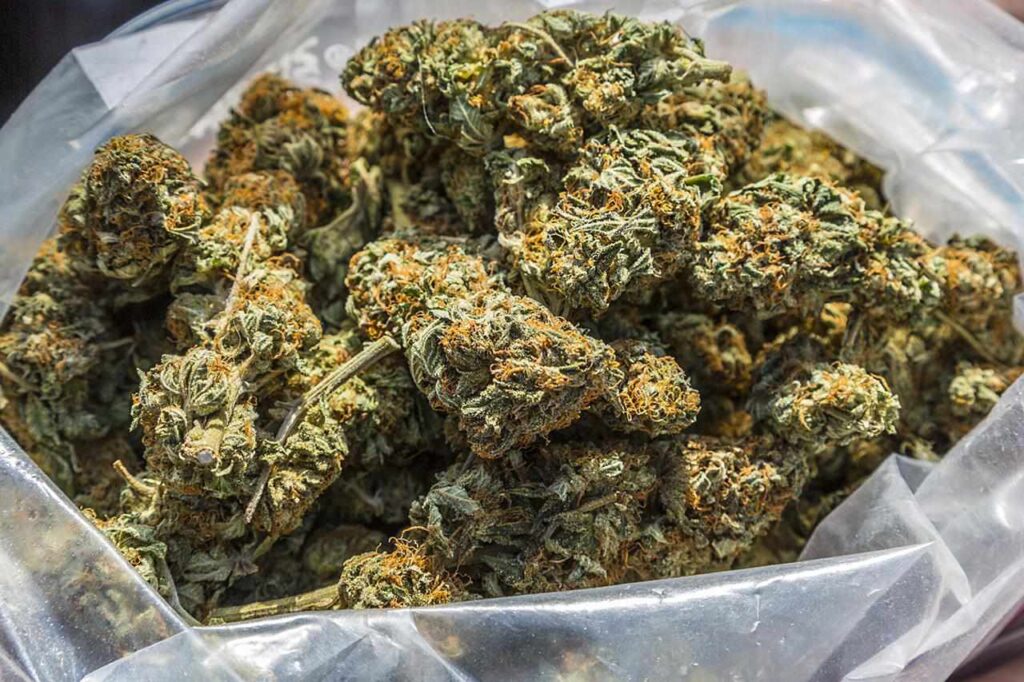Weeds in Chernivtsi: A Growing Environmental and Public Health Concern

Chernivtsi, a picturesque city located in western Ukraine, is renowned for its rich history, beautiful architecture, and vibrant cultural scene. The city lies along the banks of the Prut River, surrounded by fertile agricultural land that contributes to the region’s thriving economy. However, like many cities across the globe, Chernivtsi is facing a growing environmental issue that is slowly gaining attention: the proliferation of weeds. While weeds are an inevitable part of any landscape, their rapid spread in Chernivtsi is beginning to create significant challenges for both the environment and public health.
Weeds, by their nature, are resilient plants that grow where they are not wanted. Whether in urban spaces, agricultural lands, or natural areas, they are capable of quickly outcompeting other plants for resources such as sunlight, water, and nutrients. In Chernivtsi, several factors contribute to the spread of weeds, and it is important to understand the impact they have on the environment, agriculture, and public health.
The Growing Presence of Weeds
Chernivtsi, like much of Ukraine, is home to a mix of urban and rural areas. The city’s soil is fertile and rich in nutrients, making it ideal for both farming and urban vegetation. While this is great for agriculture, it also creates an environment where weeds can thrive. Some of the most common weeds found in Chernivtsi include dandelions, thistles, bindweed, and ragweed.
These weeds tend to flourish in areas where the soil has been disturbed, such as construction sites, roadsides, agricultural fields, and even residential gardens.
The climate of Chernivtsi, which features cold winters and warm, humid summers, also plays a role in the rapid spread of weeds. These factors combine to create an environment where weeds proliferate unchecked.
Environmental Impact of Weeds
The environmental consequences of weed growth in Chernivtsi are becoming more apparent. Native plants play a vital role in sustaining local wildlife by providing food, shelter, and habitat. When weeds take over, they often displace these important species, leading to a loss of biodiversity.
In agricultural areas surrounding Chernivtsi, the presence of weeds can have even more serious consequences. In a region where agriculture is a key industry, the economic impact of this competition can be significant.
Furthermore, some weeds, such as ragweed, are particularly harmful to soil health. Their deep root systems can disrupt the soil structure, making it more difficult for other plants to grow.
Public Health Risks from Weeds
Beyond environmental and agricultural concerns, also present significant public health risks.
For those sensitive to ragweed pollen, symptoms include sneezing, nasal congestion, itchy eyes, and difficulty breathing.
Additionally, weeds like tall grasses and overgrown vegetation can create breeding grounds for mosquitoes. As weed coverage increases, so too does the likelihood of mosquito-borne illnesses, posing further risks to public health.
Strategies for Managing
Addressing the weed problem in Chernivtsi requires a coordinated effort between local authorities, residents, and agricultural stakeholders.
- Regular Maintenance and Monitoring: One of the most effective ways to manage weeds in urban areas is through regular maintenance of public spaces. This includes mowing lawns, clearing overgrown vegetation, and removing weeds by hand or with the help of mechanical tools. Timely removal of weeds prevents them from going to seed and spreading to new areas.
- Sustainable Weed Control Methods: While chemical herbicides are commonly used to manage weeds, they can have detrimental effects on the environment, including contaminating soil and water. More sustainable alternatives, such as using organic mulches, are gaining popularity. Mulches block sunlight and prevent weed seeds from germinating, while also improving soil health and moisture retention. This eco-friendly method can be applied in gardens, public parks, and around trees.
- Education and Public Awareness: Public education campaigns are essential for raising awareness about the importance of controlling weeds and preventing the spread of invasive species.
- Support for Farmers: For agricultural areas, providing farmers with the tools and knowledge to effectively manage weeds is crucial.
Looking Ahead: Building a Sustainable Future
The spread of weeds in Chernivtsi is a growing concern, but it is not an insurmountable challenge.
As Chernivtsi continues to grow and develop, it will be important to balance urbanization with environmental sustainability. With a proactive approach, Chernivtsi can overcome the challenges posed by weeds and create a more resilient, sustainable future.
You’re the best when it comes to marijuana products , always taking care of me. Definitely recommending you to my friends. Thanks for the quick delivery .Really happy with the product .As usual, it’s top-notch. Keep it up you. you can contact them on email Scenthub43@gmail.com and also there Telegram : https://t.me/Scenthub43
wow Thanks for the referral they have great service and got the best weed around. and the delivery is so smooth.

Thanks for always being reliable! I can always count on you for good product.
You’re the go-to in the area for a reason. Always a smooth experience